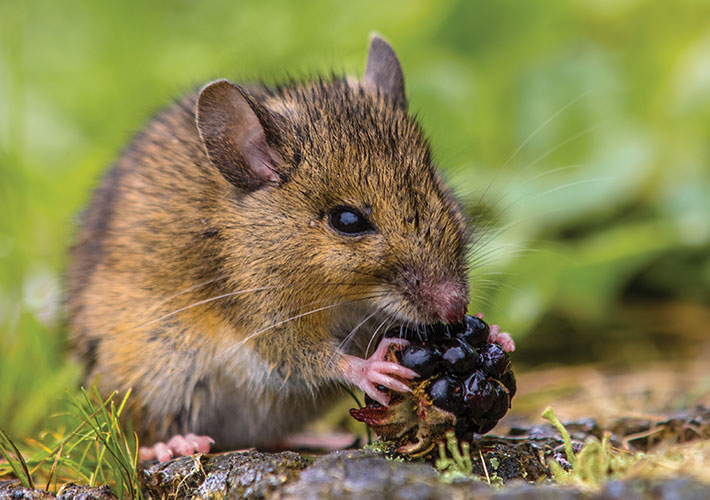
Characterizing Risk of Contaminated Sites
A new ASTM International standard will help characterize the health of mammals inhabiting soil-contaminated properties, such as hazardous waste sites. The new standard (soon to be published as E3155) was developed by ASTM International's committee on environmental assessment, risk management and corrective action (E50).
According to ASTM International member Lawrence Tannenbaum, an ecologist and risk assessor, the approach described in the standard recognizes reproduction as the toxicological endpoint of greatest concern in ecological assessment. The standard uses three sperm parameters (count, motility, and morphology) that serve as barometers of reproductive success.
“If the sperm parameters of maximally-exposed small rodents living at contaminated sites aren't offset, we can know that all mammals contacting sites are not being impacted,” he claims.
Tannenbaum says that site stakeholders with concerns about mammals possibly experiencing ecological impacts should find the new standard – “the first of its kind to involve mammals and the first to utilize animals in the wild” – helpful.
For example, with the new standard, he says, “Contractors can focus on whether impacts occurred or did not occur, and regulators will gain from this new perspective.”
To purchase standards, contact ASTM International customer relations (tel +1.877.909.ASTM).
 SN Home
SN Home Archive
Archive Advertisers
Advertisers Masthead
Masthead RateCard
RateCard Subscribe
Subscribe Email Editor
Email Editor